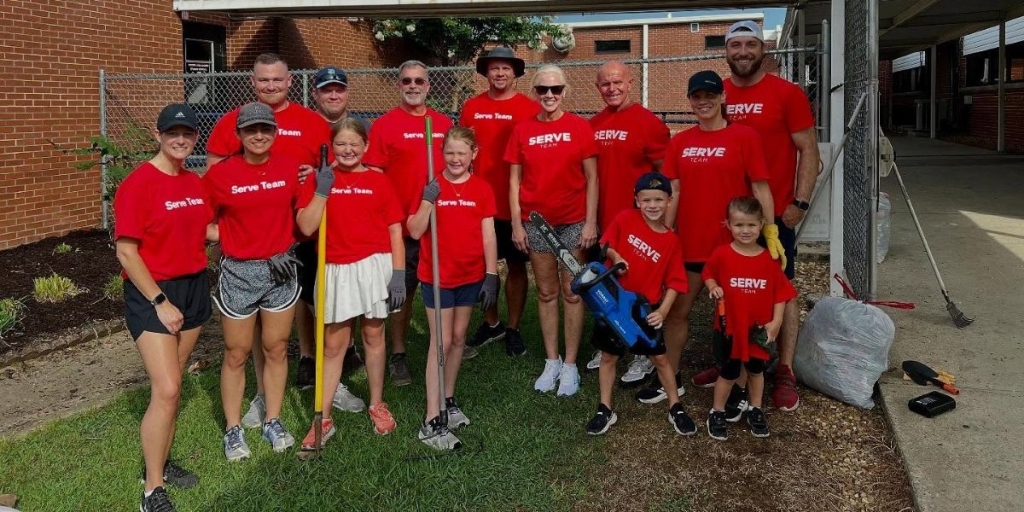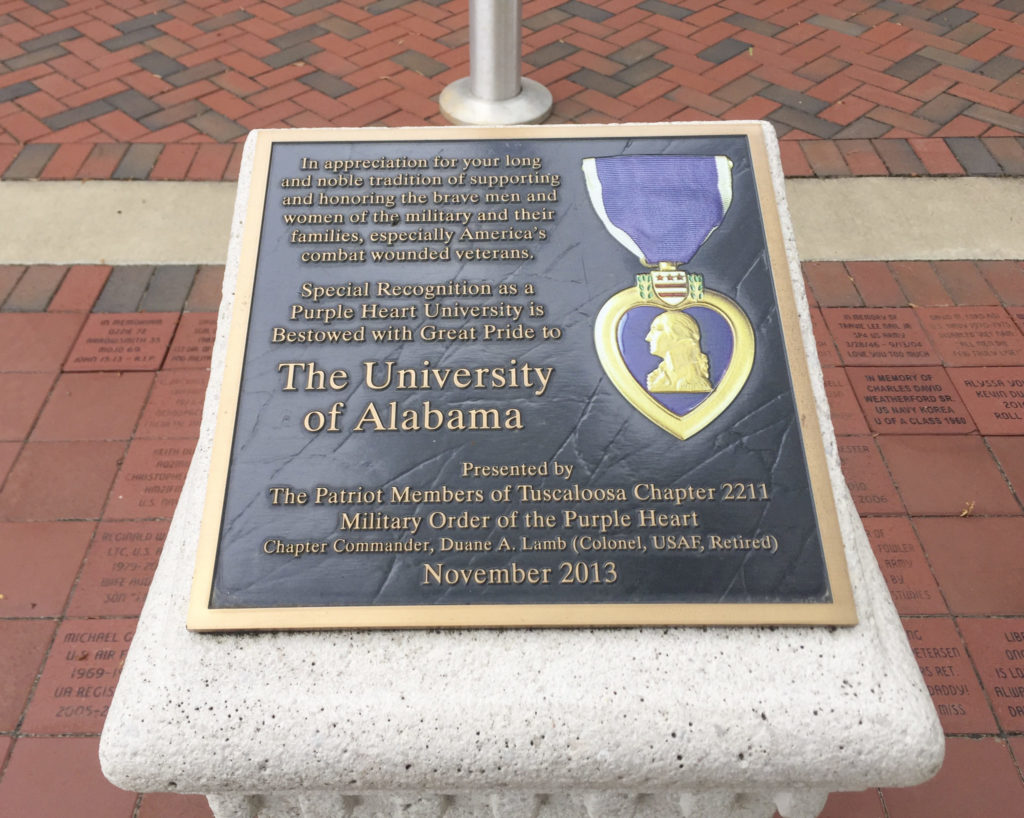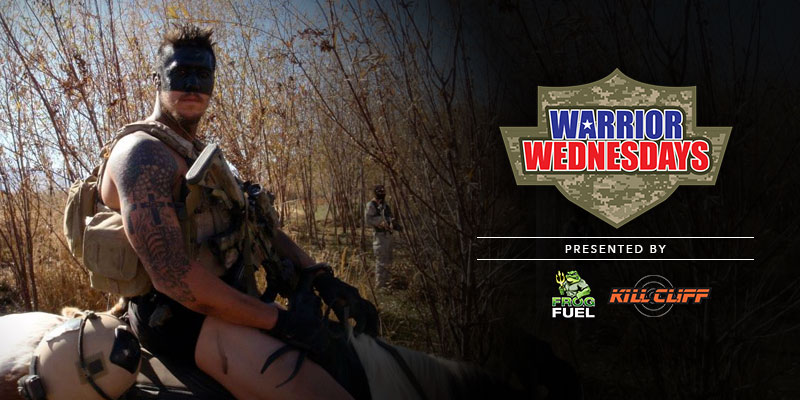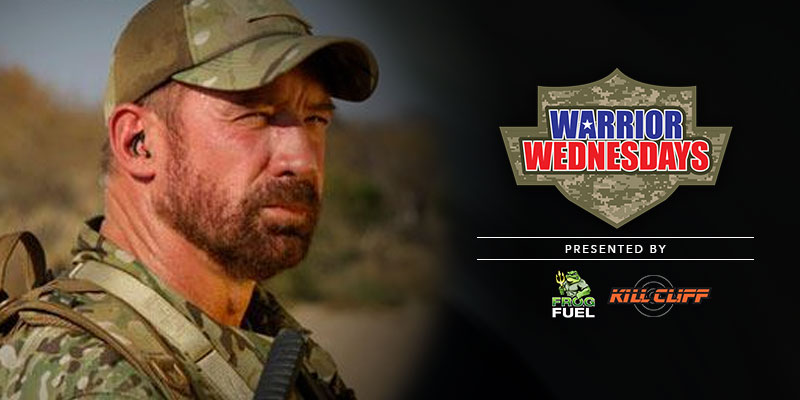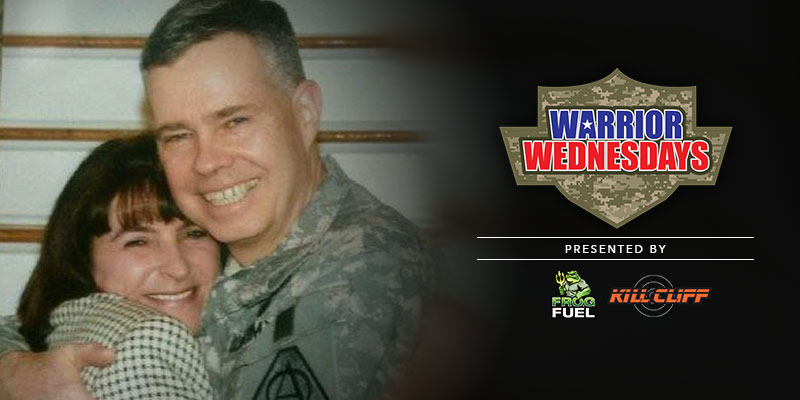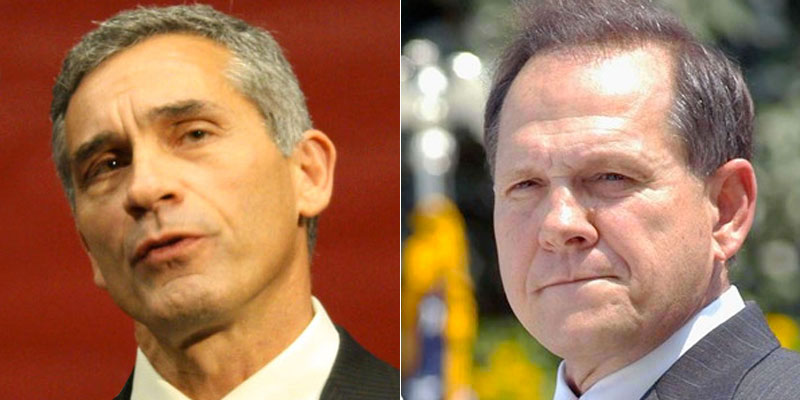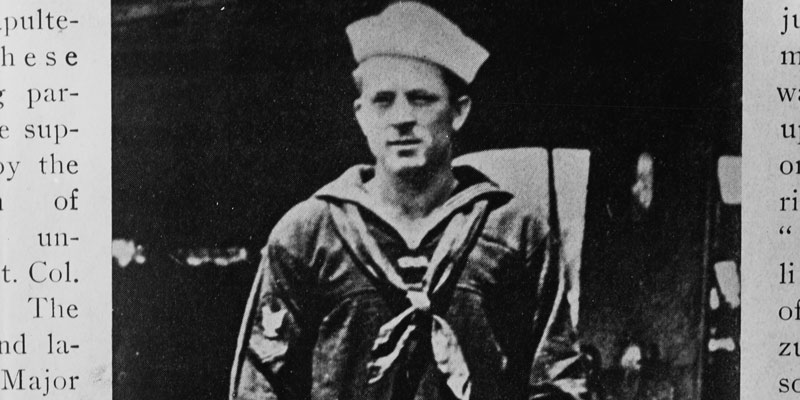
It’s been exactly 100-years since Alabama-native Osmond Kelly Ingram was killed during a German U-boat attack in the North Atlantic on October 15, 1917, becoming our nation’s first enlisted serviceman to die in World War I.
And today Alabama paused to remember her native son’s service, to honor his sacrifice, and to reflect upon the valor he demonstrated during the attack … valor that was posthumously recognized with the Medal of Honor.
Members of the Veterans of Foreign Wars Post 668, which is named in Ingram’s honor, gathered this morning in the downtown Birmingham park that also bears his name to mark the solemn anniversary.
The event also kicks-off the approach to the first-in-the-nation National Veterans Day Parade, held on November 11th in downtown Birmingham. This is the 70th anniversary of the parade, which was started in 1947 by an Alabama veteran of World War II who wanted a celebration to honor all veterans. They chose to hold the parade on November 11th, then known as Armistice Day – the anniversary of the end of World War I.
More than 117,000 American servicemembers, including more than 2,000 from Alabama, were killed in World War I. But for Mrs. Betty Ingram of Pratt City, one sailor mattered more than all of the others.
“My boy, my boy,” she said through sobs after learning her 30-year old son had been killed, according to an October 18, 1917 edition of the Birmingham Age-Herald.
Ingram first enlisted in the U.S. Navy in 1903, when he was only 16-years old, leaving his quiet Jefferson County home for a few years before returning to become a firefighter in Pratt City.
“There never was a braver lad,” his chief on the fire department told the newspaper.
Ingram reenlisted in 1912 and left home for good this time, eventually rising to become a Gunner’s Mate First Class. He was aboard the destroyer USS Cassin off the coast of Ireland when it came under attack by a German U-boat.
Ingram was on deck cleaning his rifle after morning target practice and happened to see the approaching torpedo. Accounts from the time reported his valor, which would later be recognized with the Medal of Honor.
The citation for the award read: “… Ingram sighted the torpedo coming, and realizing that it might strike the ship aft in the vicinity of the depth charges, ran aft with the intention of releasing the depth charges before the torpedo could reach the Cassin. The torpedo struck the ship before he could accomplish his purpose and Ingram was killed by the explosion. The depth charges exploded immediately afterward. His life was sacrificed in an attempt to save the ship and his shipmates, as the damage to the ship would have been much less if he had been able to release the depth charges.”
Ingram’s body was never recovered, but the sailors he tried to save ensured his name would never be forgotten.
The main flagpole at Naval Training Center, San Diego, was named in his honor, along with the USS Osmond Ingram (DD-255), a Clemson-class destroyer that served with distinction during World War II.
Birmingham named Ingram Park after its hometown hero, as well. And VFW Post 688 carries his name still.
For more information on the National Veterans Day Parade, please visit www.nationalveteransday.org.




